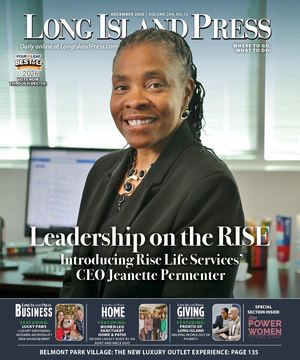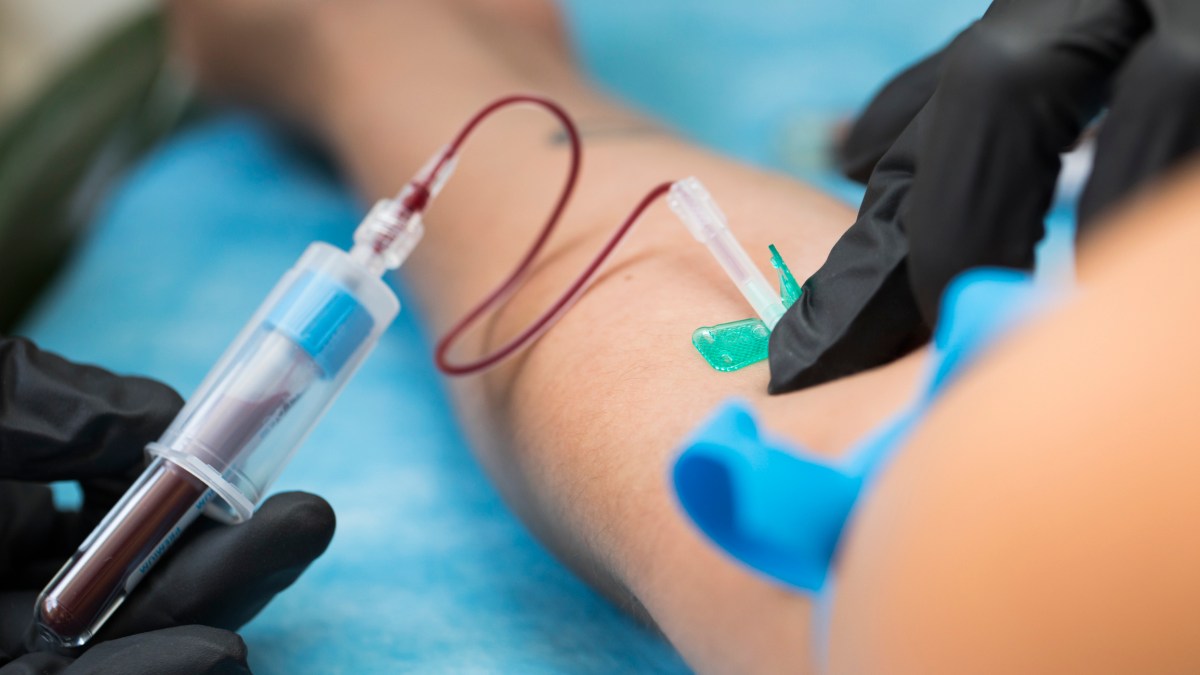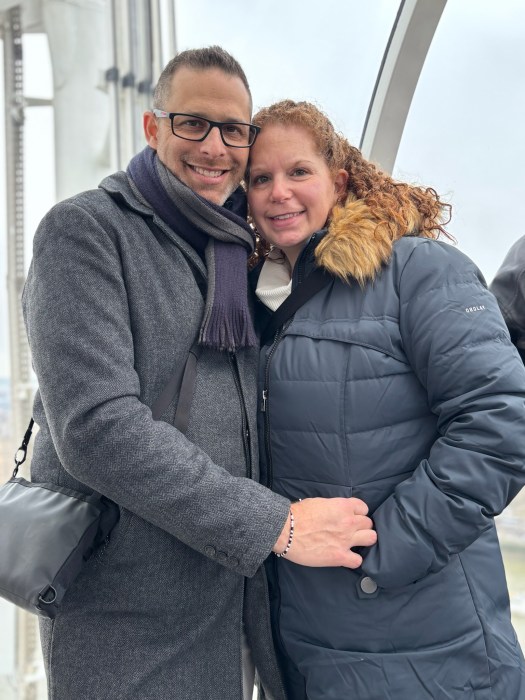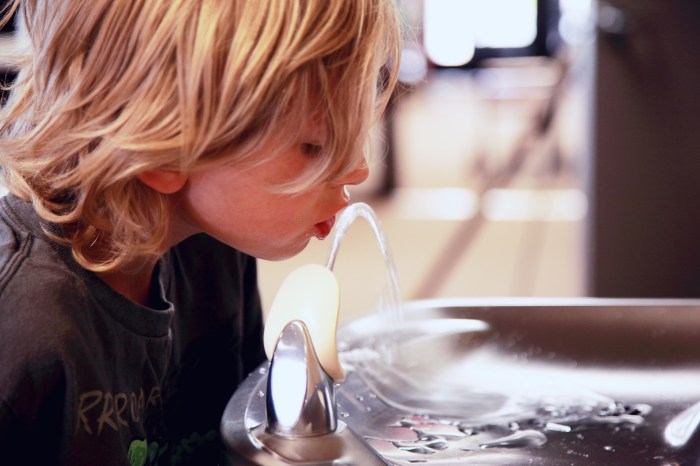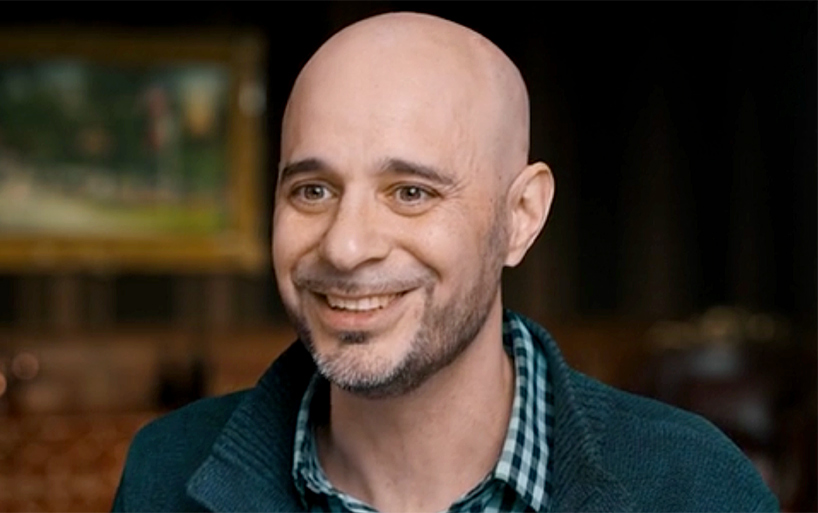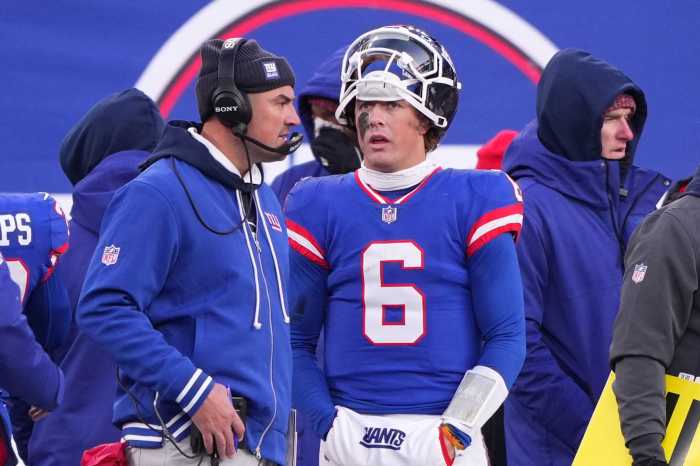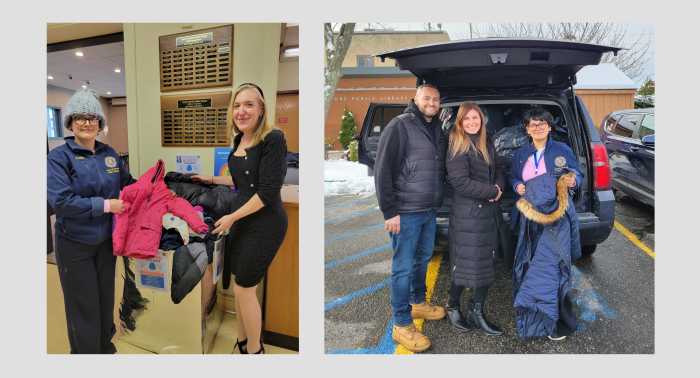The New York Blood Center is sounding the alarm over a critical shortage of the region’s most vital blood types—O-negative and O-positive—calling on donors across the tri-state area to act immediately to stabilize the dangerously low supply.
“We are facing a critical shortage of O-negative and O-positive blood types across the tri-state area,” said Chelsey Smith, public relations director at NYBC. “Those are the two most crucial blood types for emergency and trauma care.”
Following a steep drop in donations following the July 4 holiday, NYBC reports that the current supply of type O blood is hovering at just a one- to two-day level, well below the seven- to 10-day threshold needed to safely meet hospital demands. Overall collections are nearly 25 percent below necessary levels.
“O-negative is the universal blood type, which means it’s very commonly used in emergency settings when there isn’t time to determine a patient’s blood type,” Smith explained. “And O-positive happens to be the most common blood type in the U.S. Almost half the population has O-positive blood, which means it’s constantly used in surgeries, cancer care, childbirth and just day-to-day transfusions.”
The summer months historically present challenges for blood banks, but this year’s decline in donations has been especially steep. Many regular donors are on vacation, and school- and college-based blood drives have largely paused due to summer breaks. At the same time, trauma cases tend to rise in the summer months.
“Our regular donors are often on vacation. Schools and college blood drives are not taking place because students are out on school break,” Smith said. “Then at the same time, during the summer months, there’s typically a rise in trauma cases… it creates a perfect storm for a blood shortage.”
In June, NYBC had already issued a three-week emergency appeal. The need has only grown since then. Because the national supply of type O blood is also depleted, the usual resource-sharing system between blood centers nationwide is currently ineffective.
“Oftentimes in the blood industry, whenever one part of the country is struggling more than another, we can rely on support from other blood centers to send us inventory,” Smith said. “Right now, the national supply of type O blood is low, which means we can’t rely on a national inventory.”
While blood shortages are a national issue, New York’s donation rate lags behind the already-low national average. According to NYBC, only about 3% of the U.S. population donates blood, though approximately 65% are eligible. In New York, just 2% of residents are active donors.
“Increasing the donor pool here in the tri-state area could make a tremendous difference,” Smith said. “If we even just increased that number by one percent, we might not even see blood shortages here.”
To boost accessibility and convenience, NYBC is intensifying outreach and partnerships with community organizations, schools, workplaces and houses of worship. The goal is to bring donation opportunities directly to where people live and work.
“We have tons of blood drives that happen across the tri-state area every single day,” Smith said. “We’re trying to meet donors where they’re at… if that means we’re coming to your workplace to host a drive so that you can donate on your lunch break, we’re going to do that.”
NYBC is also expanding its network of fixed donation centers, especially in areas where mobile blood drives may be less frequent. A full list of locations and upcoming blood drives is available at nybc.org, where prospective donors can find convenient options and even sign up to host a drive.
“If you’ve got the space and you’ve got the donors, we can handle the rest,” Smith said. “We bring the equipment, the staff, the snacks—everything. We try to make hosting a drive as easy as possible.”
To schedule a donation, locate a blood drive, or learn more about eligibility, visit nybc.org. Hosting opportunities are also available under the “Host a Blood Drive” tab on the site.
“Our goal is not only to respond to this urgent crisis but to build a more resilient blood donor community going forward,” Smith said. “This is truly a life-saving mission.”
